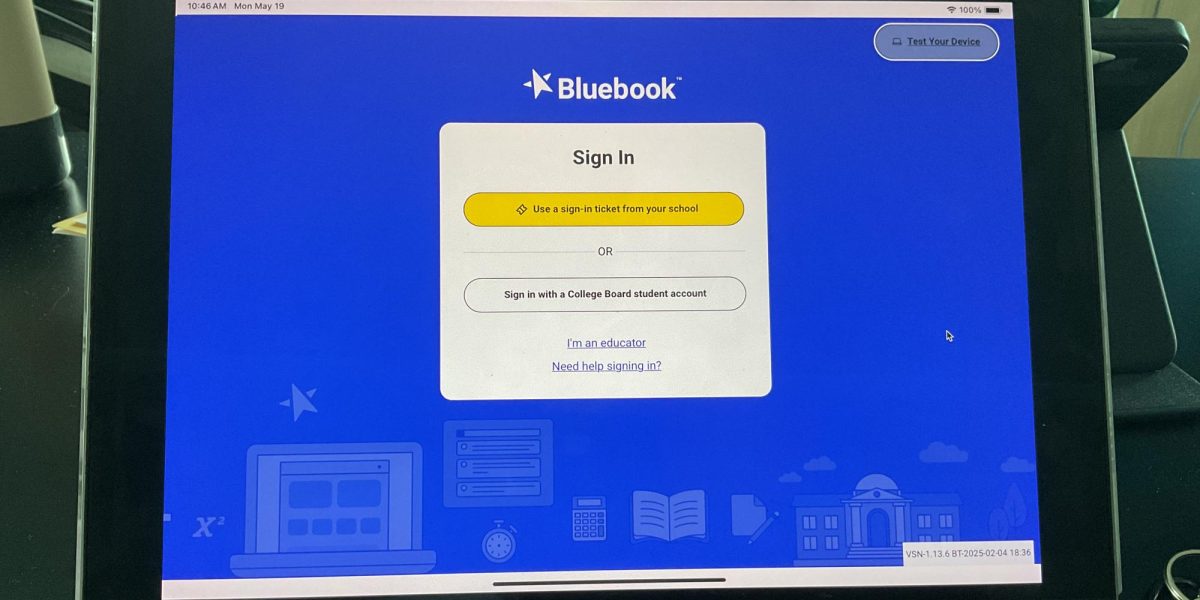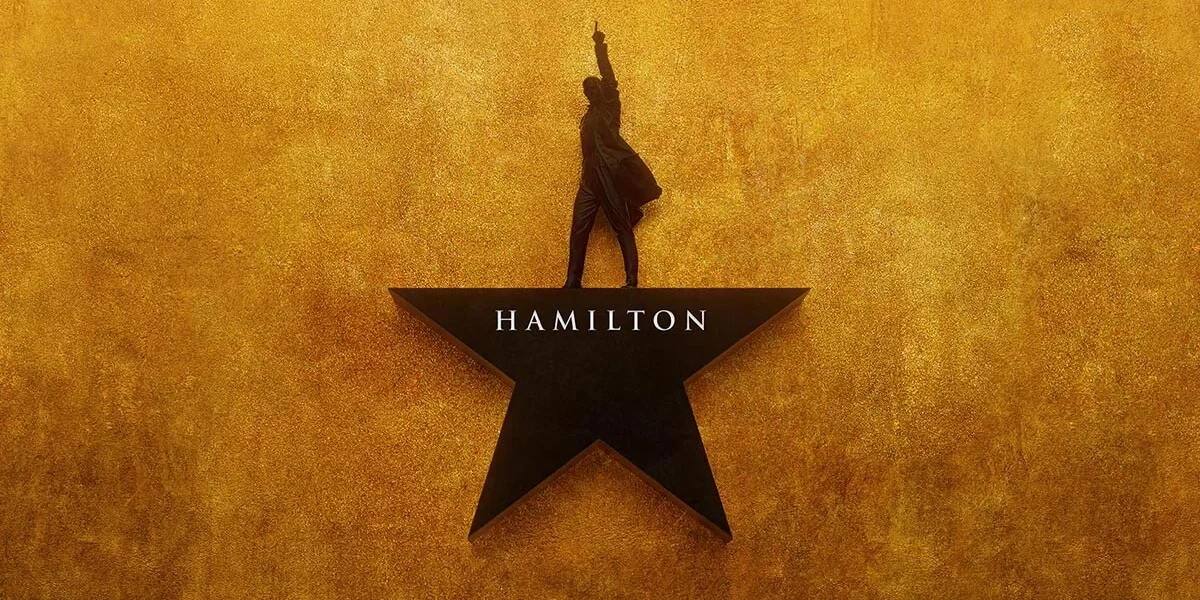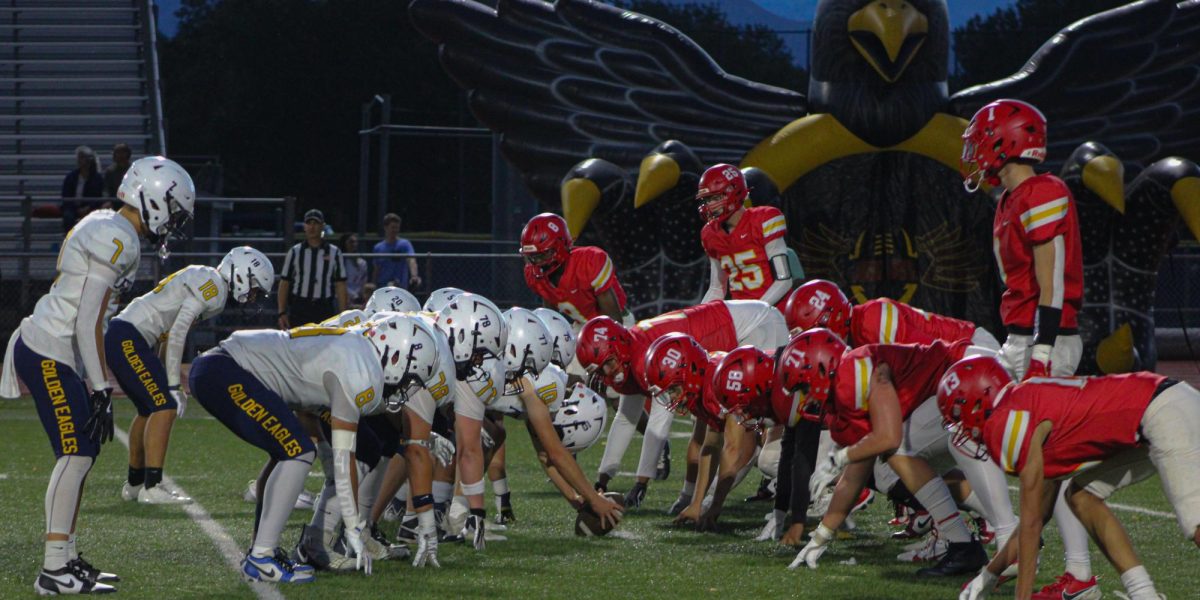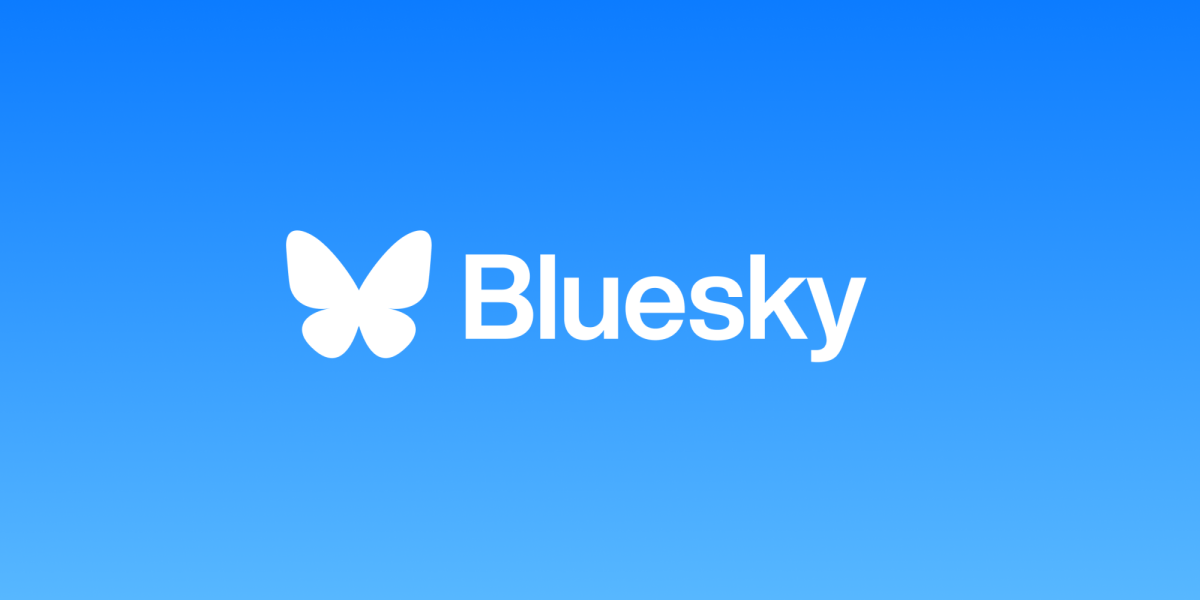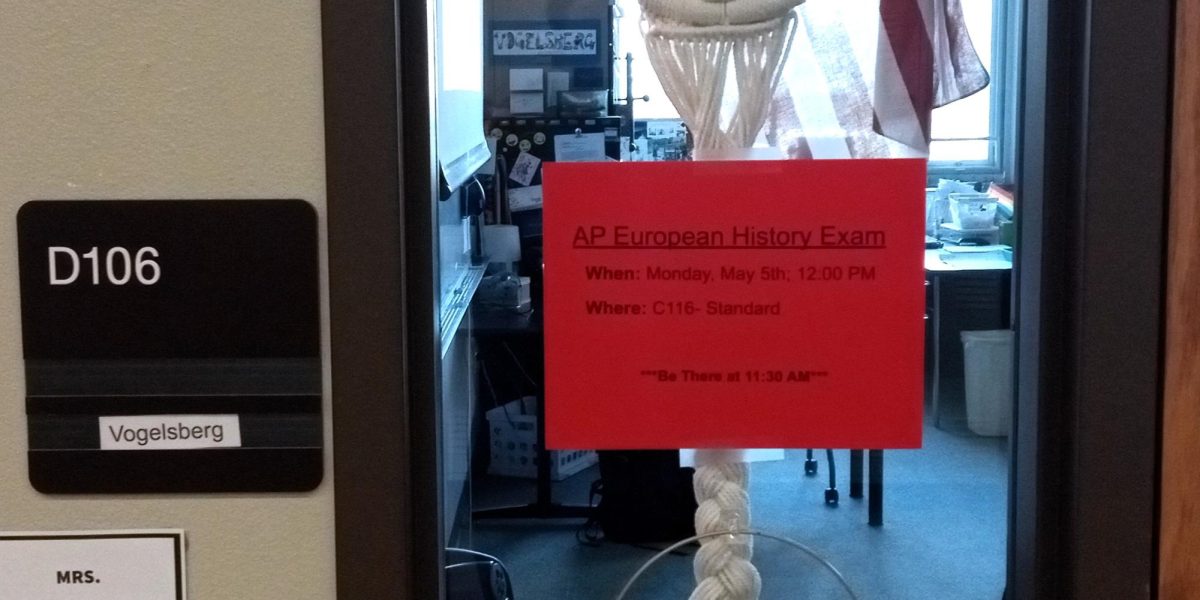It has been a wild year for social media tech companies. TikTok has faced a countrywide ban that is going before the Supreme Court in January. Meta, owner of Instagram and Facebook, completely reworked age-restricted access to their platforms to appease government critics. X (formally Twitter) has seen over a million users delete their accounts in the past two months, a temporary ban over hate speech in Brazil, and another potential ban brewing in England.
Amid all this turmoil, a little app that’s only been around for 10 months has made a massive splash in the past five weeks. Bluesky, founded by former Twitter founder Jack Dorsey, reached 25 million accounts last week after rapid and continuous growth since early November. The social media platform with the blue butterfly logo is now poised to be the next big thing in social media.
Only 25 million users may seem paltry next to Facebook’s 191 million American users, Instagram’s 170 million, TikTok’s 148 million, Snapchat’s 106 million, and X’s 105 million, but what’s impressive about BlueSky isn’t its total users but its rate of growth. Since October 31, Bluesky has tripled its number of accounts and has added around 100,000 new users daily, and around 1 in 4 of those users are under 24. Also, while the app isn’t used by as many teens as the others (on the chart below, Bluesky would barely reach 1%), young adults who are on Bluesky post much more often than teens on other apps post (nearly 60% of the site’s traffic is generated by high school and college-aged users) .
There are three reasons for Bluesky’s quick growth, but to explore that, we need to first know a bit more about the other players in the social media space, specifically X, Threads, Musk, and Meta.
Let’s Talk About X
Comparing social media platforms isn’t always a one-to-one comparison, as people use different platforms for different purposes. Facebook, for example, is a “community network” built around interacting in groups and communities and is most similar to MySpace and LinkedIn. Instagram, Snapchat, and TikTok are “content sharing networks” where users can quickly share images, short videos, and livestreams publicly or to individual friends. While all three have all the same features, Instagram is mostly thought of as an image platform, Snapchat as a private messaging platform, and TikTok as a video platform.
So where does Bluesky fall? It’s an “information sharing platform” where a user can see the latest news updates, what new media is trending, and what others are thinking, from famous celebrities to close friends. Instead of centering around images and videos, these platforms center around text and direct links to more information. While the earliest type of these networks were message boards like Reddit, the first prominent information sharing platform was Twitter.
Twitter was originally created by Jack Dorsey and Evan Williams in 2006 as a way for users of their podcasting app to quickly communicate with their fans. When the messaging became more popular than the podcasts, Twitter spun off into its own app. After gaining public attention at 2007’s South by Southwest, Twitter saw a quick rise in users. By 2011, Twitter reached its peak after it started breaking stories before the AP, New York Times, or even the White House released the story.
Twitter’s prominence continued (despite the business struggling behind the scenes) for the rest of the decade. President Donald Trump controversally used Twitter as his primary mode of communication to the American people during his first term, and after Trump was banned from Twitter following his involvement with the January 6, 2021 Capitol Insurrection, the Twitter Board of Directors wanted to sell the company. They found a buyer in South African immigrant Elon Musk, who paid $44 billion for the company (nearly double what it was worth).
Musk made many changes to Twitter, including its name: he rebranded his company “X, the everything app.” Musk also fired 80% of Twitter’s staff, so many people that the site started to have functional issues and he had to hire some employees back. Among the fired staff were Twitter’s content moderators, and X became known for its lack of content moderation and acceptance of hate speech. This environment led to a drop in daily active users and persuaded advertisers to leave the site, especially after Musk had a public temper tantrum and, in vulgar terms, told major companies that X didn’t need their support.
Picking Up New Threads
Other social media companies noticed the issues happening at X, and the biggest player in the game looked to take advantage of the situation. Meta, the company behind Facebook and Instagram, introduced a Twitter-inspired information sharing platform called Threads on July 5, 2023. After all, everyone leaving X would want to find another platform for their posts, and most X users already had an Instagram profile (which, since Threads is tied to Instagram, is required to use Threads).
Meta’s initial assumptions paid off: Threads became the fastest-growing app in history, with over 100 million users joining the app in just five days. However, growth slowed over time, with Threads just reaching 245 million monthly active users worldwide this month. Threads is still nowhere near X’s 245 million daily active users but it is slowly closing the gap.
So why has Threads not become the new trending social media platform? One issue is that Threads is not the only X alternative. Immediately after Elon Musk bought Twitter in 2022, microblogging site Mastadon gained 70,000 users in less than a week and 1 million users by January 2023. New flash-in-the-pan platforms like Counter Social and Hive were founded and stole the news cycle every couple of months. Even Donald Trump gave his cosign to Truth Social, a Twitter-like platform for conservatives started after Trump’s 2021 Twitter ban.
Threads also has seen its growth slowed over privacy concerns by its users. In July, Meta made international news when they changed their user terms to allow the company to collect health data, banking information, contacts, search history, and location when using their apps. Lately, Threads has had moderation issues too. After Meta changed its policies around how minors use their platforms, thousands of users saw their accounts censored for no clear reason and profiles being deleted after they were believed to be minors posing as adults. While Meta said that this was human error, experts suspect that the errors were made by AI, and Meta was unable to explain why these errors were so prevalent on the linked Threads/Instagram platform when they were rarer on Facebook.
What Makes BlueSky Different?
With so many “next big app” announcements, it’s easy to question what makes the buzz around Bluesky different from the buzz around Threads last year. One big factor is the timing: Threads debuted while Twitter was still, well, Twitter, as the site suddenly became X three weeks after Threads launched. While Musk had caused some chaos at Twitter at that point, many industry experts, celebrities, and users were hoping that things would get better and Musk would fix the issues his ownership caused.
Bluesky’s sudden spike in growth started the day after the 2024 presidential election was called for Donald Trump. Musk and his fortune were instrumental in Trump getting elected, and his direct support of Trump was the last straw for thousands of users. This wasn’t just about Trump though: over the past few months, users have found the external links in their posts blocked, their content critical of Musk being blocked from their subscribers by the platform, their feeds showing more radical and unmoderated right-wing content, and the dramatic increase of bot accounts. Essentially, X is no longer a fun place to be.
One of the most common remarks from reviewers of Bluesky is how fun the site is. Its user interface is nearly identical to Twitter before Musk’s purchase, which isn’t an accident: Bluesky was developed by Jack Dorsey as he was preparing to leave Twitter in 2019. Bluesky revolves around microblogging posts (which some users have taken to calling sky tweets or “skeets“) that are text-and-link centered but integrate images and video in a similar layout as Instagram. People are clearly talking to people with their skeets, which may explain why, according to Bluesky CEO Jay Grabber, they have over 30% of their daily users posting while other sites only have around 1% of users post each day (the other 99% either just read or comment).
There’s also a lack of negative interactions and trolling, as Bluesky’s moderators actively pursue all complaints (notorious misogynist Andrew Tate was banned from the platform in less than a day). Users can also be more active with their own content moderation, blocking pretty much anything they find distasteful, from politics to religious content to pictures of spiders.
Bluesky also has other features that X and other platforms don’t offer. For example, users can find not just profiles to follow but “starter packs” of related profiles that act as small communities–if Frederick High had a Bluesky starter pack, it would contain the profiles of the admin, every athletic team, every club, and The Lantern. Every profile also has a “follow” feed that only includes posts from those that the account follows, and a discover feed that is only recommened content the algorithm thinks you will like. This way, you will never miss a post from the people you follow because the site wants to promote sponsored content.
Speaking of which, while Threads has committed to start selling ads on their platform in 2025, Bluesky has promised to not monetize the platform with paid ads but will cover their operation costs by selling official domain names. For example, Frederick High School could make a free Bluesky account along the lines of @fhs.svvsd.bsky.social, but if they wanted an easier to remember verified domain name (like @fhs.svvsd), they would pay Bluesky an annual domain fee between $20 and $40 per year.
Another advantage to Bluesky is that it operates on a decentralized network, which means its code is open source and anyone can view their discover algorithm, which is shaped by interests the user selects and previous posts they’ve liked. The open source protocol also allows new users of Bluesky to move their followers from X to Bluesky (until X blocks the service, at least). This works the other way too: any user that wants to eventually leave Bluesky can transfer all their followers out of the app. The open source nature also allows more privacy-concerned users to block their posts from everyone but their followers and host all their account data on their own server.
While other decentralized networks like Mastadon have had massive issues with users hosting CSAM and other illegal material, Bluesky uses third-party services like Safer to screen incoming and outgoing posts for forbidden content. In all of 2023, Bluesky only had 2 instances of users posting CSAM (though the recent surge in users is creating more attempts at abuse). For less illegal but still offensive content, users can easily report posts for review or simply flag them as rude. Users can also flag misleading information with a feature similar to X’s community notes.
Why X and Meta Should Be Worried
One of the most notable differences between Bluesky and other platforms has nothing to do with its code but everything to do with its cool. As of writing, Bluesky has a larger Gen Z user base than X or Threads. According to SimilarWeb and SemRush comparisons, Bluesky users also spend more time on the site than users do on X or Threads (10:35 spent per visit on Bluesky vs. 9:37 for X and 3:34 for Threads) and have fewer “power users” dominating the conversation: while the most active 10% of users are responsible for 92% of all posts on X and 80% of posts on Threads, power users only contribute to around a third of all posts on Bluesky.
This is one reason why dozens of famous people are leaving both X and Threads to establish themselves on Bluesky. While many celebreties, public figures, and brands jumped onto Threads when it debuted, most still kept their presence on X. One reason is that Threads limits reposts of political and news content and creates ultra-specific feeds for their users which prevents more exploration and posts that go viral… something celebrities like. However, several well-known names are not just posting on Bluesky but deleting X altogether.
Last week, New York Congressmember Alexandra Ocasio-Cortez became the first Bluesky user account to reach a million followers. Other celebrities that have quit X entirely and gone to Bluesky are Mark Hamill, Lizzo, Guillermo del Toro, dril, Stephen King, Barbra Streisand, George Takei, XKCD, Drew Carey, Jamie Lee Curtis, James Gunn, Flavor Flav, Mike Flanagan, Weird Al Yankovic, Miranda Cosgrove, Matthew Lillard, Mark Cuban, Arnold Schwartzenegger, and Ryan Reynolds.
These celebrities are doing more than just changing sites where they post most often–they’re bringing their followers with them to Bluesky. Fans of Taylor Swift, Beyonce, and BTS are leaving X in droves and forming fan communities on Bluesky using the starter pack feature to find one another. Sports fans, which are some of X’s most reliable followers, are also starting to leave X for Bluesky: some of the most popular starter packs are the NFL, NBA, MLB, and Premiere League Soccer.
A big reason that sports fans are starting to check out Bluesky is because sports journalists are moving to Bluesky in droves. Really, most professional journalists are starting Bluesky accounts and posting more there than on X. Some journalists and publications, including National Public Radio and British newspaper The Guardian, have also permenantly left X and joined Bluesky. While some journalists are moving to Bluesky because of the politics of X, most are making the switch because it easier for more readers to find and their reporting on Bluesky than X, Threads, Instagram, or Facebook.
This is really important because, if you remember back to the earlier history lesson, Twitter reached its height of popularity after it became the place where news would break, and with so many journalist switching to Bluesky, it’s likely that the breaking news effect will similarly drive the site to become more central to culture and important for the everyday person.
Like other news publications, The Frederick Lantern is now on Bluesky too. We can be found @fredericklantern.bsky.social, and this article is our first post on the service.
Like we do with Facebook and Instagram, we plan to post all our latest article links and school updates on Bluesky through the coming year. While Bluesky isn’t a perfect platform and has some issues, we’re excited to reach new readers and connect to the professional journalism community that’s recently established itself on the app.
Believe it or not, this wasn’t an easy decision for our editorial team. We try not to chase trends at the Lantern and we don’t just make an account on any site. Our team is aware that Bluesky could always turn toxic like X or cumbersome like Threads or just up and disappear like Pebble. It’s hard to tell the future. But based on our exploration and research, it feels like Bluesky is different, and we have high hopes for this platform as it grows and evolves. While so many other ways to reach readers have come with baggage and challenges, this site feels fresh.
And, as of right now, the sky’s the limit.





















